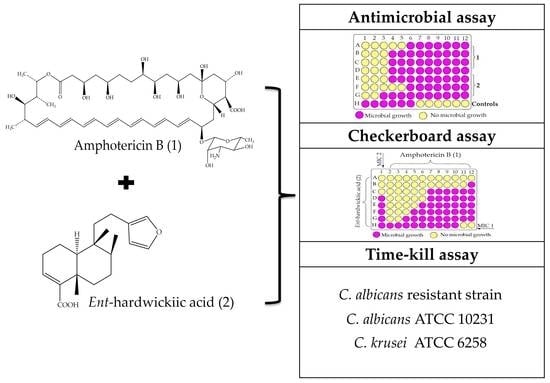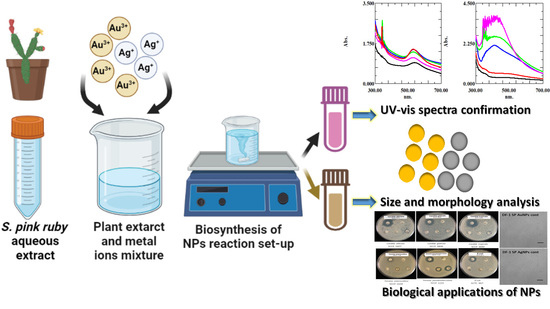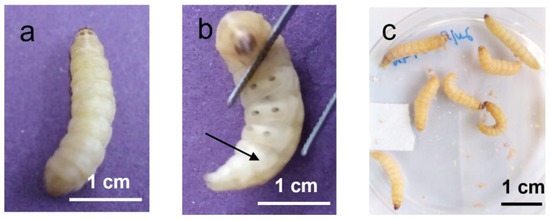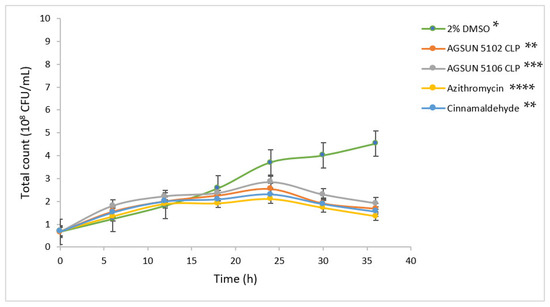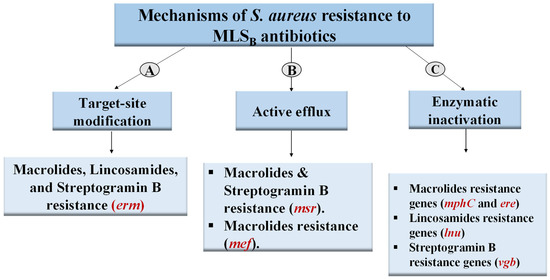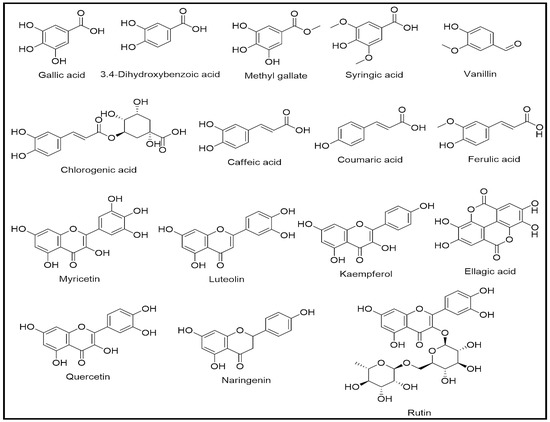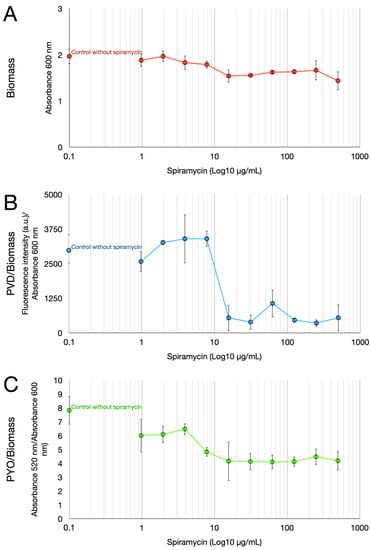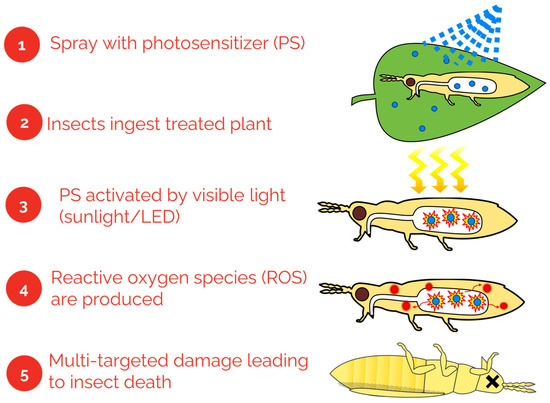Department of Pharmaceutical Sciences, School of Pharmaceutical Sciences of Ribeirão Preto, University of São Paulo, Av. do Café, s/n, Ribeirão Preto 14040-903, Brazil
Antibiotics 2023, 12(3), 509; https://doi.org/10.3390/antibiotics12030509 - 3 Mar 2023
Viewed by 2401
Abstract
Life-threatening Candida infections have increased with the COVID-19 pandemic, and the already limited arsenal of antifungal drugs has become even more restricted due to its side effects associated with complications after SARS-CoV-2 infection. Drug combination strategies have the potential to reduce the risk
[...] Read more.
Life-threatening Candida infections have increased with the COVID-19 pandemic, and the already limited arsenal of antifungal drugs has become even more restricted due to its side effects associated with complications after SARS-CoV-2 infection. Drug combination strategies have the potential to reduce the risk of side effects without loss of therapeutic efficacy. The aim of this study was to evaluate the combination of ent-hardwickiic acid with low concentrations of amphotericin B against Candida strains. The minimum inhibitory concentration (MIC) values were determined for amphotericin B and ent-hardwickiic acid as isolated compounds and for 77 combinations of amphotericin B and ent-hardwickiic acid concentrations that were assessed by using the checkerboard microdilution method. Time–kill assays were performed in order to assess the fungistatic or fungicidal nature of the different combinations. The strategy of combining both compounds markedly reduced the MIC values from 16 µg/mL to 1 µg/mL of amphotericin B and from 12.5 µg/mL to 6.25 µg/mL of ent-hardwickiic acid, from isolated to combined, against C. albicans resistant to azoles. The combination of 1 µg/mL of amphotericin B with 6.25 µg/mL of ent-hardwickiic acid killed all the cells of the same strain within four hours of incubation.
Full article
(This article belongs to the Special Issue Antimicrobial Activity of Plant Extracts)
▼
Show Figures

